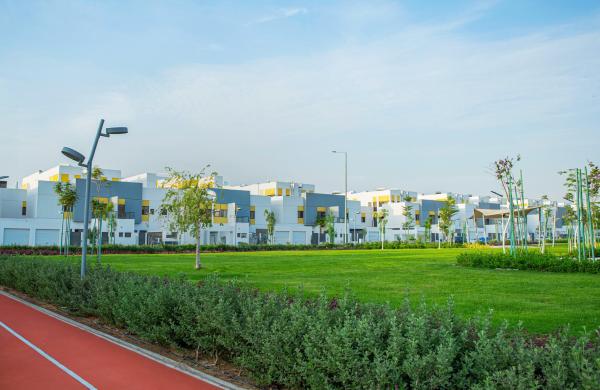Saudi authorities have made home ownership a key goal of Vision 2030, aiming to have 70 % of Saudis owning their own homes by 2030. An estimated 62% to 65% of Saudis are currently home owners.
According to the SAMA, Saudi Arabia’s central bank, home loans have climbed from $52.8 billion in 2019 to $171 billion at the end of June, 2024.
In H1 2024 alone the number of residential real estate transactions in Saudi Arabia rose 41% data from Knight Frank shows. The National Housing Co sold more than 13,000 units from January to June, a five-fold increase.
In July this year, Saudi banks made $1.9 billion in new residential mortgage loans, a 33% increase from the previous month, with loan contracts surging to 9,605, up from 7,274 in the previous month.
Data shows these residential loans are primarily used for purchasing houses, apartments, and land. The majority of 62% was for house purchases while loans for houses rose by 28 percent month on month, their share of the residential mortgage market dropped from 72% a year ago to 62%. Loans for apartments, on the other hand, grew 40% in July, rising from 23% to 32% over the past year. Interestingly, loans for land purchases, representing the smallest portion at 6%, had the highest monthly growth rate, surging 63%.
Mohamed Damak, a managing director at S&P Global, noted that mortgages in the kingdom are viewed as relatively safe, because they tend to go to employees of the government or government-backed companies, are linked to automatic salary transfers into the same account, and generally enjoy fixed interest rates.” Therefore, banks jumped at the opportunity to issue mortgages, “printing them left, right and centre.” Now, he says, they are not “that aggressive” in divesting from the home loans, with their low default risks and the profitability they yield, “assuming that they can be refinanced”.
As a result, the market for residential mortgages-backed securities remains undeveloped, according to Valentina Pasquali, reporting for Arabian Gulf Business Insight. She writes that, “the challenge for Saudi authorities today is how to boost liquidity, and the ability of local banks to find alternative sources to finance the rise in home ownership, while also supporting corporate growth and other priorities for the Vision 2030 project.
In fact, Pasquali writes:
“As growth in mortgage lending in Saudi Arabia runs up against local liquidity constraints, several US investment giants are looking to step in. After a visit by Saudi officials to the US at the end of August, household names such as BlackRock and King Street Capital signed preliminary agreements with the Saudi Real Estate Refinance Company (SRC) and Saudi Mortgage Guarantee Services Company (Dhamanat) to enhance the kingdom’s secondary market for home loans.”
Along with the need for greater liquidity in the mortgage lending market, Dayan Abou Tine points out that purchasing trends are shifting, especially in larger cities such as Riyadh.
“While villas remain a symbol of aspiration, the practicalities of affordability are steering more buyers toward apartments, particularly in cities like Riyadh, where property prices are steadily increasing. The rising cost of borrowing has eroded purchasing power, making apartments a more viable option for many. Riyadh’s projected population growth, expected to reach between 15 million and 20 million by 2030, further fuels this demand, particularly for smaller, more affordable homes and rental units. Additionally, the influx of both local migrants and expatriates into the capital is creating a diverse housing market where apartments are increasingly sought after, driving up their share of new residential loans.”
To read more, click here, here, here and here.
development push has put upward pressure on prices and rents, especially in the capital, Riyadh, undermining government efforts to provide Saudi citizens with access to affordable housing.









